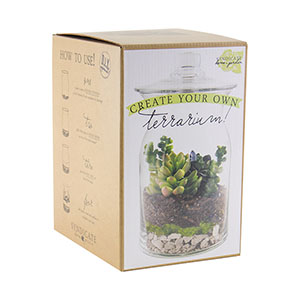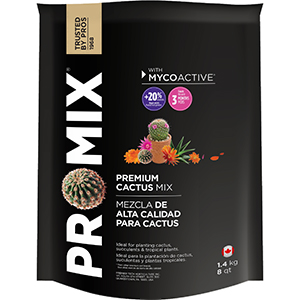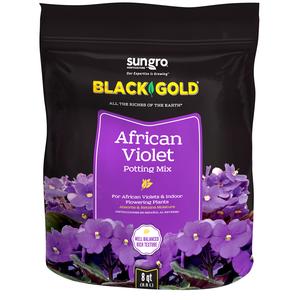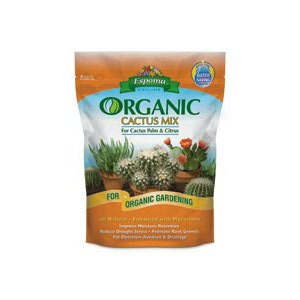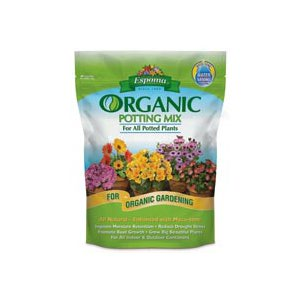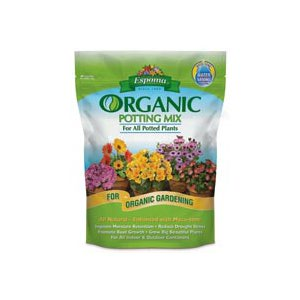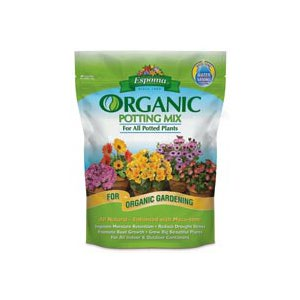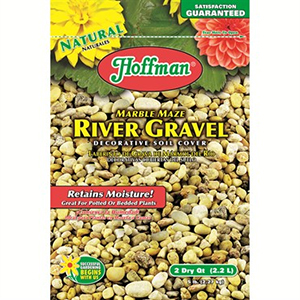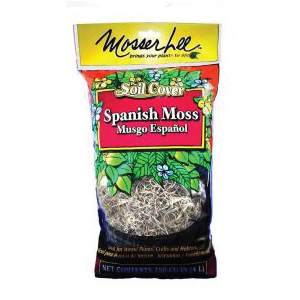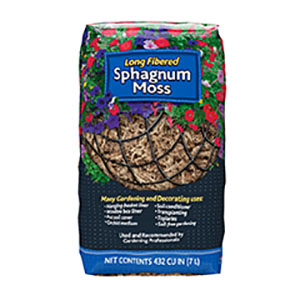A unique facet of indoor gardening is trending upward,
offering consumers a novel way to enjoy plants year-round. Terrariums are
hardly a new concept, but they’ve received a thorough makeover with regard to
retail appeal and suitable plant selections.
The terrarium has long been an indoor favorite since it
was accidentally discovered by Nathanial Bagshaw Ward in 1842. He grew a fern
from a spore enclosed in a glass case and was rewarded by having the vessel
gain popularity as the “Wardian Case.” Today, of course, it’s known and sold as
the terrarium.
The
First Green Displays
My first experience of seeing a “living” display was in
the Reptile House at the Philadelphia Zoo. Having the birthplace of America’s
zoos (March 1859) nearby meant that it was a convenient day trip for elementary
classes to see animals up close. What I didn’t realize was that I was seeing an
ecosystem at work: Growing and sustaining plants indoors was a necessity in
keeping zoo animals alive and well in long-term captivity.
These enclosed exhibits were actually large-scale
terrariums. Zoo staff carefully plotted their use of natural (and artificial)
lighting to ensure photosynthesis, ventilation for air movement, and suitable
planting media to create these natural and living habitats.
Today’s
Terrarium
Whether a consumer chooses a classic terrarium or not, many
additional choices are available to create interesting and special indoor
gardens. Consumers may choose from jars, bowls, glass urns, blown-glass spheres
and many more designs. A true terrarium, however, is one that is enclosed,
preferably with a lid that will allow venting.
Succulents have surged in popularity, known as foolproof,
long-lasting plants with minimal maintenance requirements. Taking it a step
further, consider the more than 650 types of air plants or Tillandsias that
need no soil to thrive. These are fabulous candidates for today’s terrarium!
The rise of miniature gardening has increased interest
and availability in ferns, which love enclosed terrariums. It’s easy to see the
selling opportunities, even for those of you who don’t have a working
greenhouse at your store location.
Build
It, and They Will Buy
We’ve all heard the marketing mantra that “packaging
sells,” correct? Just about everyone has pretty packaging these days. But, the
success of your selling department will rely on providing planted examples
showing different dimensions, plants and vessel types for the customer to buy or
recreate. You’ll also need helpful staff or easy-to-follow print instructions
to direct customers on which types of plants work well together: ferns and foliage,
or succulents and cacti.
Plant choices will influence the customer’s watering
needs and methods. Supply your display with low-volume watering cans with narrow
spouts and misting sprayers. Distilled water (or filtered water that’s been
allowed to stand overnight) may be recommended to minimize tap-water chemicals
that can affect plant health.
Include some additional materials like horticultural
charcoal, small pebble stone, Spanish moss and sphagnum moss. The use of
charcoal is important for removing toxins and odors that may accumulate inside
the terrarium over time. Hoffman makes a wonderful horticultural-grade charcoal
that’s very popular in the market.
Opening the terrarium occasionally allows moisture to
evaporate and air to circulate around the plants. If a disease like powdery
mildew occurs on plants inside a customer’s vessel, you’ll need to offer
specific chemistry that’s labelled for indoor use and for these specific
plants. One disease-control recommendation is the Complete Disease Control 32
oz. RTU from Monterey Chemical. It’s a bacillus formula that prevents and even
cures most disease problems on a wide listing of plant species. You’ll also
want to advise your customers to vent their terrariums for a longer time frame
to slow down disease pressure.
Mother
Earth
Finally, you will need to provide the right soil options
for the specific plant materials being sold. Most retailers sell four-quart
bagged materials that are labelled for cacti and succulents or typical
professional potting soils recommended for indoors. There are many options to
consider stocking, especially those from Premier Horticulture, Sun Gro, and
Espoma.


